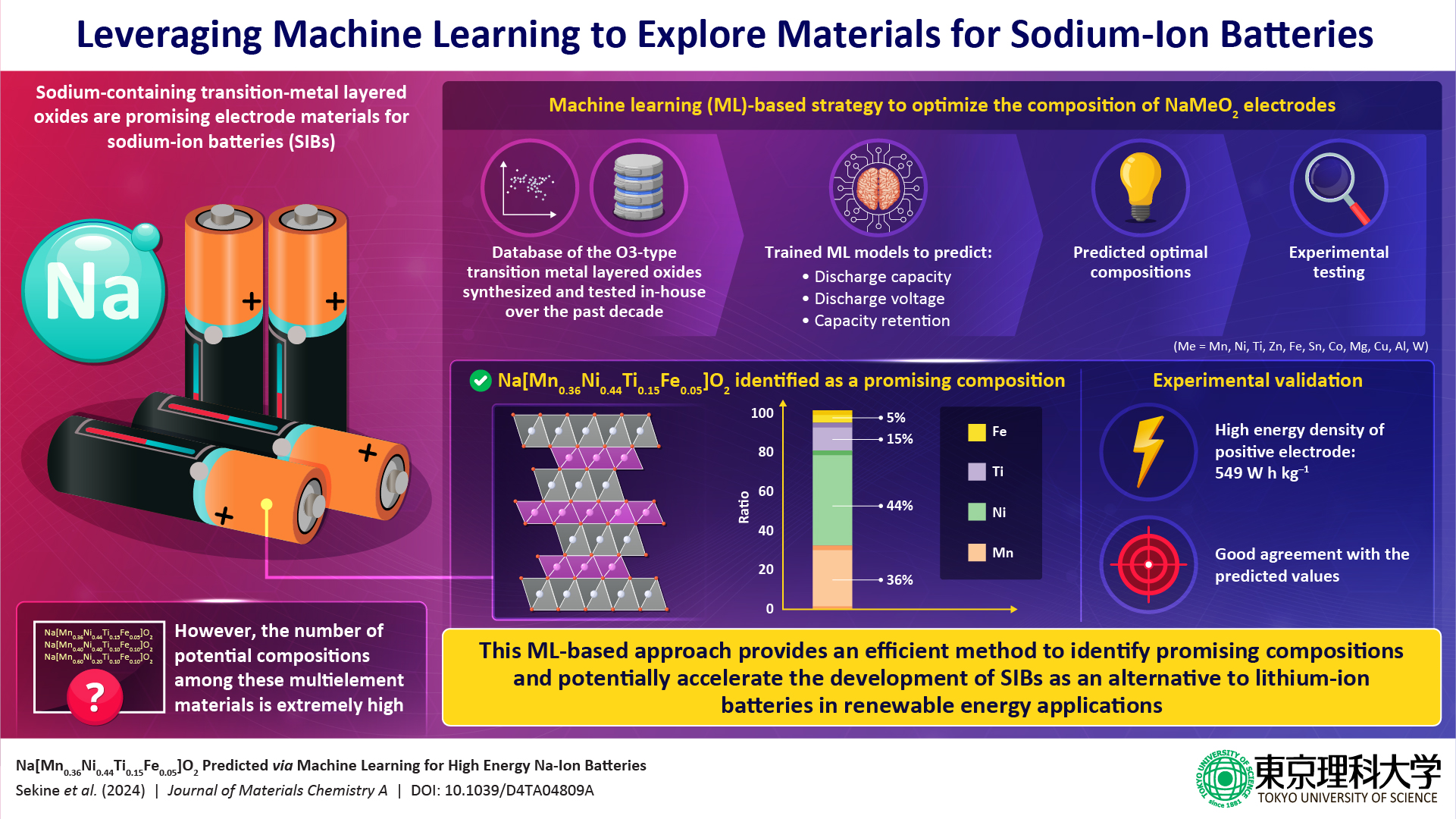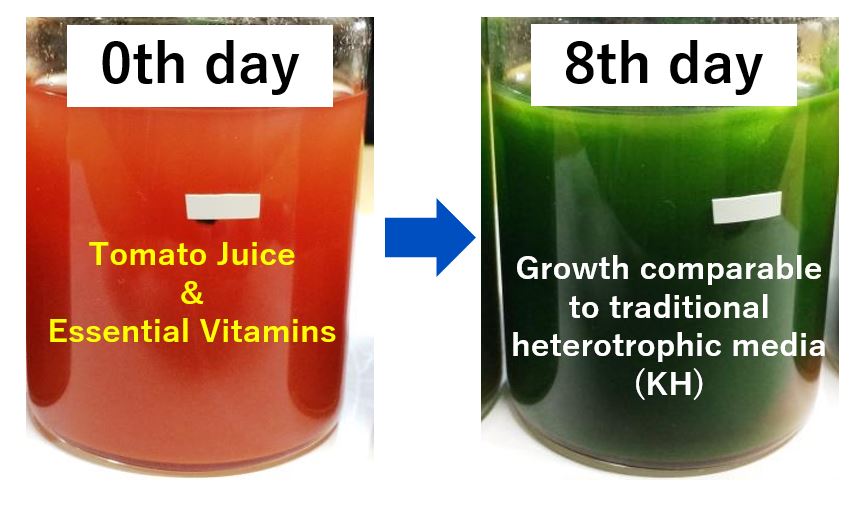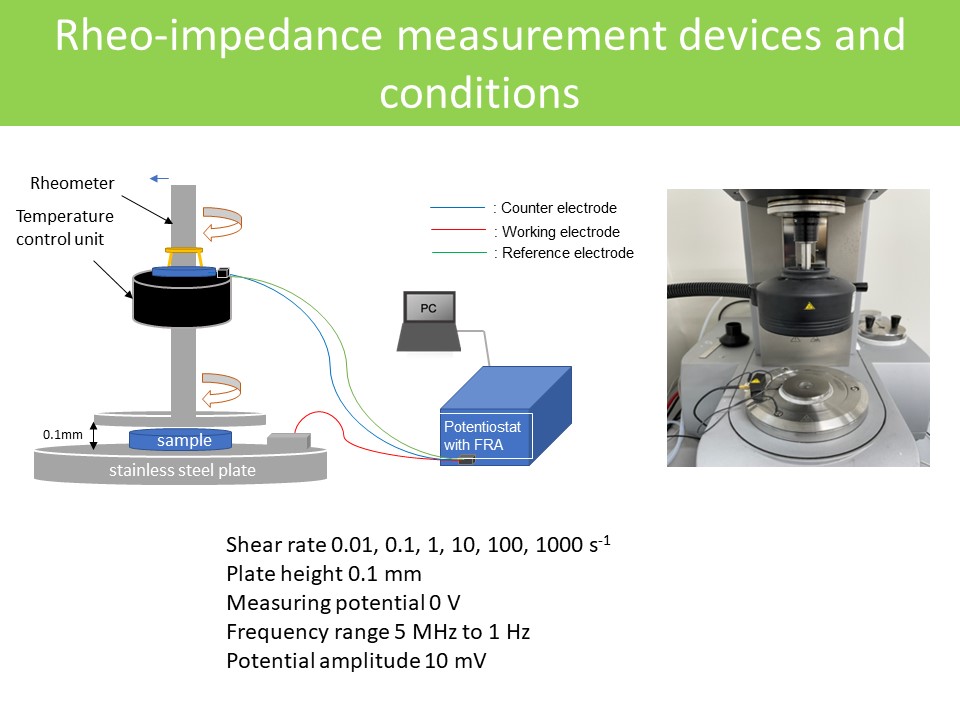Euglena (Euglena gracilis) is a microalga containing chloroplasts and producing organic matter through photosynthesis in a well-lit environment, while taking in organic matter from outside in an unlit environment. It is known to be rich in nutrients like vitamins, minerals, amino acids, and essential fatty acids, such as DHA and EPA. Owing to the lack of cell walls, Euglena has a high digestion and absorption rate, making it attractive as a new source of nutritious and health enhancing food.
Moreover, Euglena protein is rich in methionine, a characteristic of animal protein, and its nutritional value is comparable to casein found in milk. Therefore, it is expected to be one of the solutions to the shortage of animal protein due to the effects of climate change and population growth, as well as one of the production technologies for space exploration, which is flourishing these days. In addition, Euglena also contains a high percentage of a special type of beta-1,3-glucan called paramylon, known for its immunomodulatory and hepatoprotective effects. Paramylon may also be effective in reducing atopic dermatitis, influenza, and arthritis symptoms, as well as in preventing colon cancer. However, the existing methods for food-grade manufacturing of Euglena are quite complicated.
Currently, Euglena can be propagated using both autotrophic as well as heterotrophic culture mediums. Conventionally, the Koren–Hutner (KH) medium, a higher yielding heterotrophic medium, is used for its culture. But it requires measuring and mixing 26 different chemicals. Moreover, after the microalgae has reproduced to high densities in large pools, it must be extracted, washed, concentrated, and dried to foods or nutritional supplements. The energy required for these processes accounts for about 30% of the total production cost, and other costs such as cultivation land and transportation costs are also incurred in the production of Euglena as a food ingredient.
Aimed at improving the efficiency of existing production processes, a team of researchers from Japan conducted experiments to find a promising method to grow Euglena in large quantities. As explained in their latest paper, the team examined several beverages to find a suitable growing medium for Euglena. This paper was made available online on August 14, 2023 and was published in Issue 5 of the journal Sustainable Food Technology on September 1st, 2023. The study was led by Assistant Professor Kyohei Yamashita from Tokyo University of Science (TUS) and co-authored by Dr. Kengo Suzuki and Dr. Koji Yamada from Euglena Co., Ltd. and Professor Eiji Tokunaga from TUS.
Interestingly, this study is a part of follow-up research for which a patent was filed by Dr. Yamashita during his doctoral course in 2017. Dr. Yamashita explains, “We had previously confirmed that E. gracilis can grow even when foods such as seaweed, dried sardines, and boiled rice are used as a source of essential vitamins.”
The researchers first cultured Euglena with initial cell density of 4.2 x 103 cells/mL statically under aerobic conditions for about 10 days. For this, they used either Cramers–Myers (CM) medium, an independent nutrient medium, or KH medium, a heterotrophic medium. The cell density increased to 106 cells/mL and 107 cells/mL, respectively. Next, they incubated Euglena with initial cell density of 1.6 x 104 cells/mL in 13 different beverages, including diluted grape juice (with juice-to-water ratio of 3:7 or 7:3), pineapple juice, apple juice, sweet wine, diluted carrot juice (with juice-to-water ratio of 3:7 or 7:3), tomato juice, orange juice, grapefruit juice, prune juice, coconut water, and maple water, and culture medium supplemented with essential vitamins B1 and B12 under aerobic conditions. The cells were cultured under ‘light’ (26 °C, white light irradiation) or ‘dark’ (23 °C, no light irradiation) conditions.
Interestingly, the researchers found that the cell density of Euglena cells reached a maximum when cultured in tomato juice, especially under light conditions, and increased to 107 cells/mL, the same level as in KH medium. This also resulted in a change in the appearance of the culture medium from red to green after incubation (as shown in Image 1). The bright green chloroplasts in Euglena cultured in tomato juice were observed to be tightly packed inside the cells. On the other hand, in the non-tomato juice, the number of chloroplasts was low, and the green color was lighter. These findings suggest that tomato juice is more suitable for the growth of Euglena than other beverages.
Furthermore, on culturing Euglena under aerobic conditions using tomato juice diluted with water (in a ratio of 3:7, 4:6, or 5:5) and without essential vitamins, it grew to approximately 100 times of its initial cell density to 106 cells/mL under all dilution conditions. This revealed that the nutrient composition of tomato juice itself is suitable for Euglena growth.
“During static incubation, tomato juice diluted with water separated into a solid sediment layer and an upper aqueous solution layer in the container, and Euglena proliferated actively near the boundary of these layers. Therefore, when cultured under aerobic conditions using ‘tomato (filtered) medium,’ in which solid components were removed from tomato juice, Euglena were distributed throughout the entire culture medium,” points out Dr. Yamashita. Notably, the cell density was greater than that in the unfiltered tomato juice medium. This indicates that the removal of solid components may mitigate the effects of density, including growth space, light and nutrient acquisition, and waste accumulation.
Finally, the team cultured Euglena in CM medium with glutamic acid, a nutrient characteristic of tomato juice. The cell density reached two to three times that of the CM medium, but only about half that of the tomato juice medium. These findings suggest that components other than glutamic acid contained in tomato juice also contribute to the good growth of Euglena.
“Euglena is rich in nutrients and functional ingredients, so it is possible to easily fortify foods by converting some of the nutrients in the food into Euglena. Being simple and economically feasible, we expect this method to be useful for carbon-neutral and sustainable food production. It could also contribute to the achievement of sustainable development goals related to food and hunger and has the potential to contribute as a food production technology in space exploration,” concludes Dr. Yamashita, expressing his hopes for the future development of this research.








.jpg)

